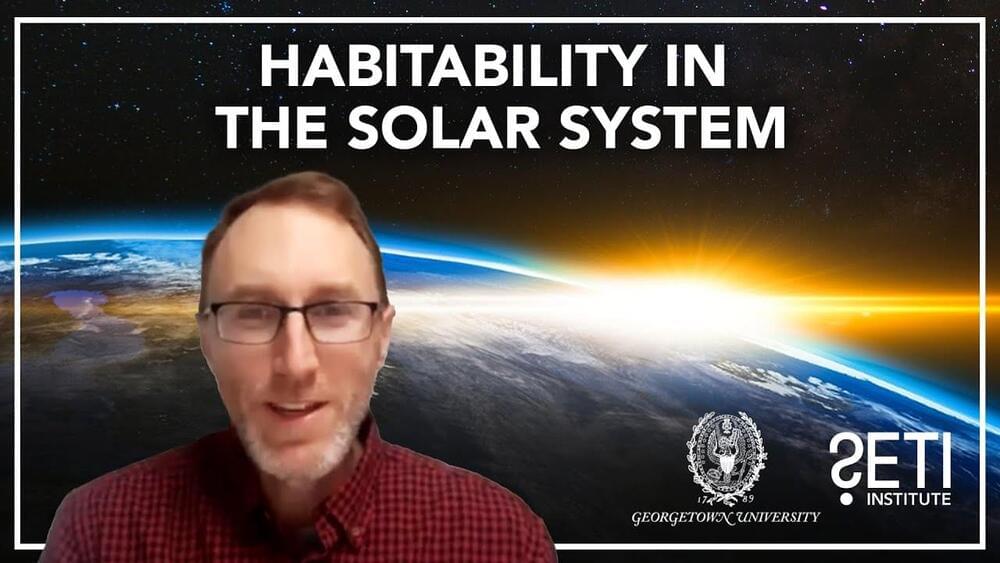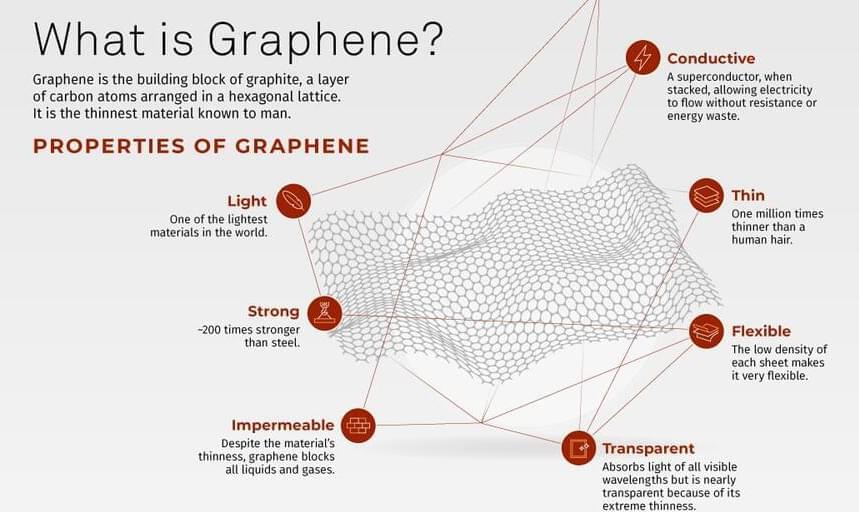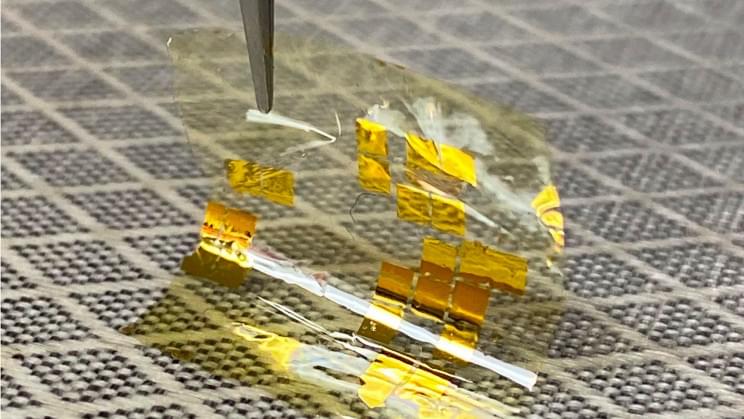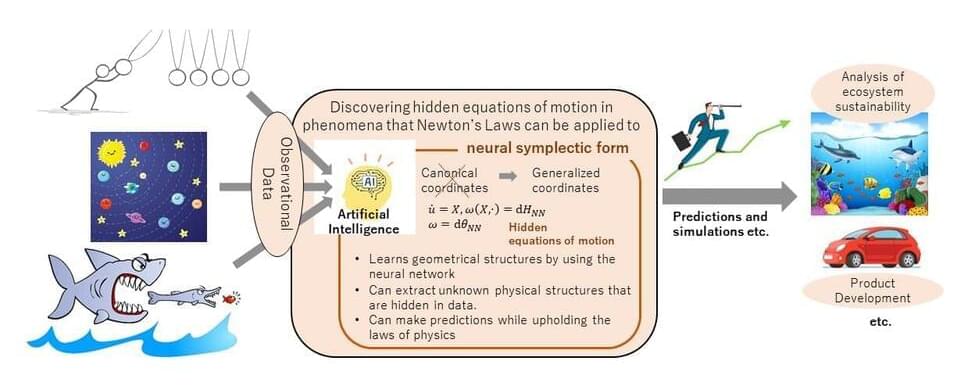
And it offers limitless range.
Zurich-based Swiss Sustainable Yachts has unveiled its new luxurious yacht that is powered by not one but two sustainable fuels, solar and hydrogen. Dubbed Aquon One, the yacht has all the amenities that your heart can desire on a yacht and comes with zero guilt, the New Atlas reported.
Even as cars are going the electric way, maritime transportation is yet to see the same kind of enthusiasm. The first electric ship may have made its maiden voyage, however, the limited range offered by electric batteries is a major challenge that still needs to be overcome. The makers of Aquon One couldn’t agree more and therefore, have opted for a hydrogen fuel cell-powered electric propulsion than massive batteries.
Continue reading “A Luxurious Swiss Yacht Is Powered by Two Sustainable Fuels” »

















